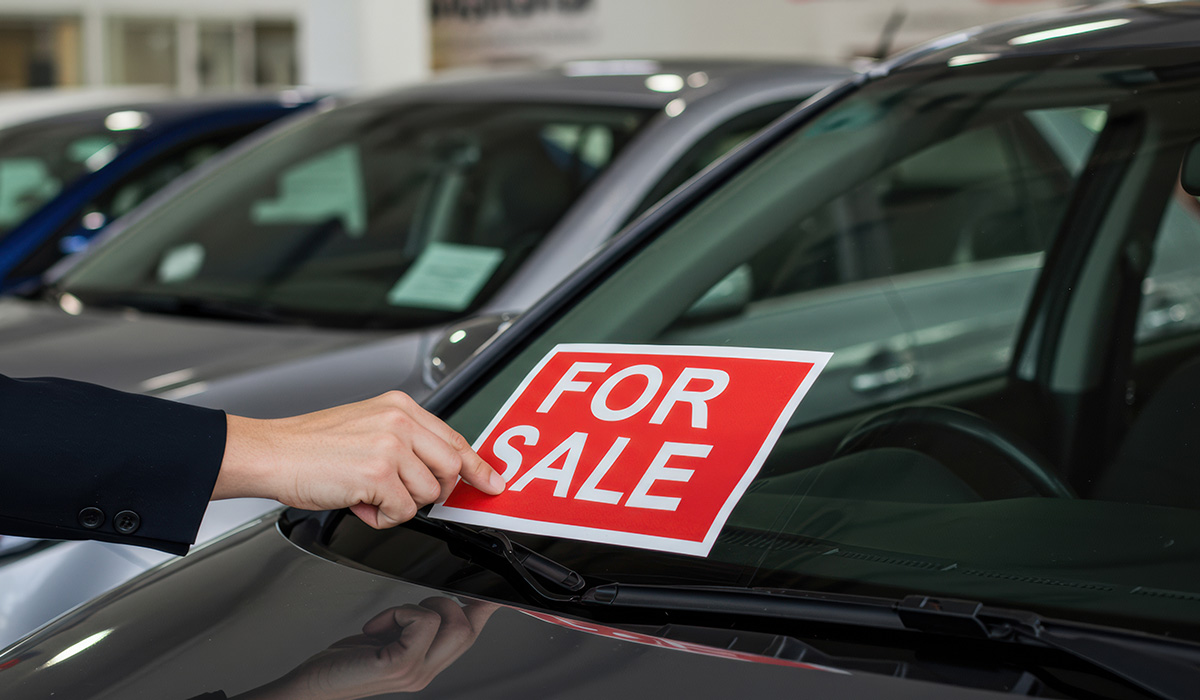July 10, 2025
Used Car Dealership Bankruptcies Rise Despite High Demand

The number of bankruptcies among Japanese used car dealerships is increasing rapidly. In the first five months of 2025, 50 dealerships have closed, a 56% rise compared to the same period last year, pushing the industry toward an all-time high. This surge in insolvencies occurs despite strong domestic demand and record-high used car prices. The main cause behind the financial struggles: aggressive purchasing by overseas exporters, driven by a weak yen. High-quality Japanese used cars are being bought in large quantities for international markets, leaving small and mid-sized dealerships unable to compete.
Domestic demand remains robust. In fiscal 2024, used car registrations and ownership transfers reached 6.46 million units, marking the second consecutive year of growth. Rising prices for new cars, driven by inflation, have made well-maintained used vehicles particularly appealing, especially to younger buyers. However, dealers face challenges due to intense competition from overseas buyers willing to pay premium prices.
Export Market Booms as Prices Rise
Used car auctions serve as a key source for both new and used car dealerships. Vehicles not sold directly at dealerships are typically sent to these auctions. Recently, international buyers from export companies have been dominating these auctions, bidding aggressively on vehicles and driving prices higher. Japanese used cars are renowned worldwide for their excellent maintenance and condition. This reputation has increased their popularity in countries like Russia, where restrictions on new car imports still exist, and Sri Lanka, which has recently eased its rules on used car imports.Data from USS, one of Japan’s largest used car auction houses, shows that the average winning bid in 2024 reached ¥1,206,000, a 75% increase compared to 2019. In February, the average hit a record ¥1.26 million. New car sales in 2024 also declined, partly due to a certification scandal that shook consumer confidence and reduced the availability of trade-in vehicles. These factors have made it even harder for smaller dealers to secure inventory, forcing many into bankruptcy as procurement costs rise beyond their financial means.








